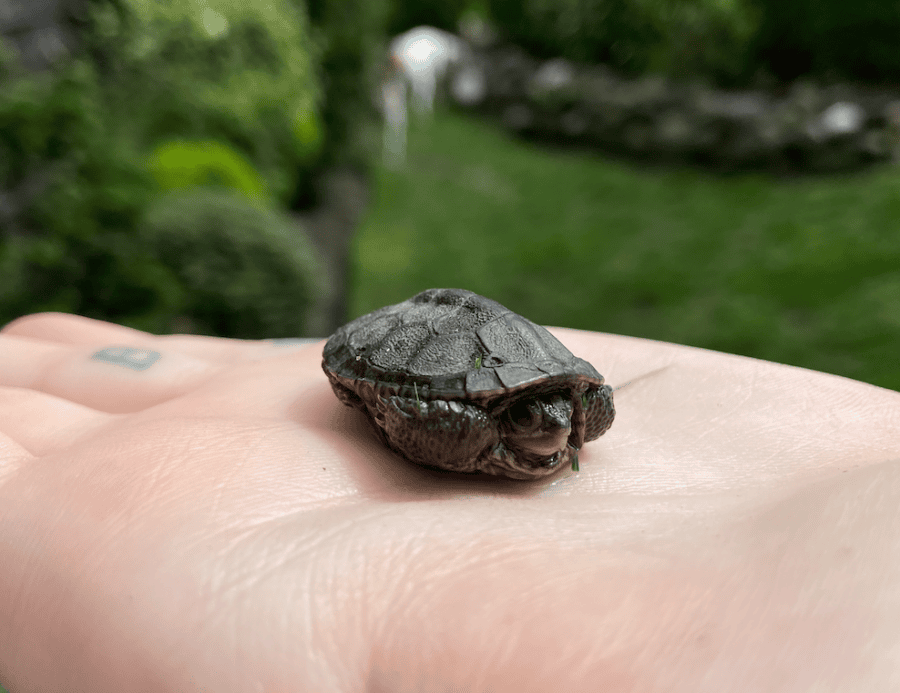
Turtle season on Long Island begins in April and continues far into October, most years. There are eleven species of land turtle native to New York and six of those turtles are native to Long Island. Of those six, three are endangered or near endangered numbers. Thousands of turtles are killed on Long Island each year by vehicles and motorcycles alone. With land turtles being most active at dusk, dawn, and directly after a rainstorm, it makes them incredibly vulnerable to the traffic that infringes on Long Island’s roads during these hours.
The most common reason a turtle might be crossing a road lies in their instinctual habit to search for loose sand or soil to nest their eggs. Female turtles lay just one clutch of eggs per year, so the death of a female turtle can drastically affect population size. The most recent estimate I can find regarding what percentage of Long Island is wet land is from 2004, which states roughly 6% or 51,000 acres of Long Island is made up of wetland, likely to be far less now almost twenty years later. But, our lands still make for a comfortable, moist environment for land turtles to thrive, as turtles tend to populate around bodies of water– big or small.
While on a walk in her neighborhood, a friend of mine found a female turtle laying eggs in a dirt driveway just last week. Realizing the vulnerability of the location, she contacted Turtle Rescue of The Hamptons, located in Jamesport. Unfortunately, she learned, there isn’t much you can do once a female turtle has decided a spot is worthy of nesting. Any interference with her process can mess up a female turtle’s entire biological system. So, it’s best to leave her to finish out the birthing process. Sadly, checking periodically to make sure the eggs were unharmed was the only thing my friend could really do.
So, you might be wondering, what can you do, or how can you be helpful? If you’ve found a turtle in your backyard and are worried about your own domestic animals getting to it, call Turtle Rescue of The Hamptons, at (631) 779-3737 for advice. If you find a turtle in the road, ensure first that it isn’t a snapping turtle. The best way to distinguish this would be to locate a sharp, pronounced beak, spikey shell, and long tail. Once you’ve decided that this isn’t a snapping turtle you should move the turtle to the side of the road, in the direction it was headed. If you believe the turtle to be hurt or in danger you can contact Turtle Rescue of The Hamptons, or the Evelyn Alexander Wildlife Rescue Center located in Hampton Bays. NY.
If you live near a body of water or notice your backyard is highly trafficked by turtles, you can leave a shallow dish or water in a shady area for these turtles to cool off in during their journey. If you find a hatchling, or baby turtle, to be alone contact Turtle Rescue of The Hamptons immediately. When driving, be cautious of what you see in the road, and always check under your car before pulling out of your driveway!
And the next time someone asks you, “Why did the chicken cross the road?” you can confidently respond, “I’m not sure, but I do know why the turtle crossed the road!”












